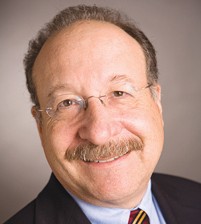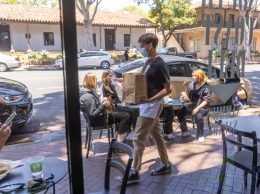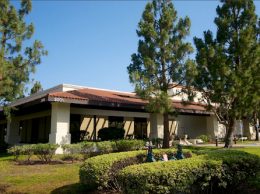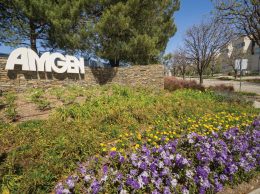
Henry Dubroff
In a sign that the current wave of tech entrepreneurship might just be sustainable, cities across the Tri-Counties are beginning to embrace the startup culture.
San Luis Obispo is thinking about housing a much bigger tech savvy workforce, working closely with Cal Poly and capitalizing on the success of MindBody. Ventura is looking beyond the remarkable growth of digital advertising sensation The Trade Desk, Camarillo just hosted its first Startup Weekend and the Thousand Oaks area has both a new bioscience initiative and an incubator hosted by California Lutheran University.
When it comes to Santa Barbara, the picture is more complex. That’s why I trekked over to City Hall at 7:30 a.m. on March 16 to sit with a half dozen leaders of fast-growth companies and top city officials, including Mayor Helene Schneider.
My takeaway is that Santa Barbara is learning to embrace the startup culture that’s sprouted from the beach to upper State Street. But the city will embrace its startups in its own way – and on its own schedule.
The result will be a city that, over the next decade, offers a better mix of assets to both UC Santa Barbara spinoffs and home grown and imported tech firms. But affordable home ownership and space for larger enterprises will just not be in the cards anytime soon.
During the roundtable, Schneider and City Manager Paul Casey said they are seeing the first fruits of new housing density rules that should lead to 1,000 to 1,200 new smaller rental units within the city limits. Only a handful of units are being built under the new rules but properties such as the lower parking area of La Cumbre Plaza look ripe for development.
When it comes to industrial space, the city is working on a land sale with Direct Relief International on a large tract near the Santa Barbara Airport. That deal should provide cash to build the first phase of a roll-up door space for startups on property that once was supposed to be a Target store. Eventually, this “incubator” off Hollister Avenue could provide much needed startup space as the downtown fills up and rents rise.
Schneider said the city is trying to provide better information to startups so they can understand Santa Barbara’s myriad rules for tenant improvements. And the city is close to inking a deal to set up bike sharing stands throughout the city to hold down the need for cars for short commutes.
A much-talked-about deal to retime trains to make them more commuter friendly remains talk, at least for now, she lamented.
When it comes to housing, the city remains locked into a “hub and spoke” model where middle income families that want home ownership will have to live in Ventura County or the Santa Maria area.
And while audio products-maker Sonos has acquired enough space to house a multi-hundred employee company downtown, it has already begun to squeeze out smaller firms, some of the CEOs in the room asserted. “We can’t compete with Sonos for property,” one said.
Why Santa Barbara matters is that the area between Carpinteria and Goleta remains one of the most important “hubs” for tech companies between Santa Monica and the Silicon Valley. Only the Conejo Valley comes close.
That top city officials are thinking about the startup culture and how to make it work better is important for the region as a whole.
In a comment that would have sent shock waves through the room just a few years ago, Schneider said she’s begun to think about how the Santa Maria area might play a bigger role in attracting businesses that have outgrown their South Coast space.
• To provide a deeper look at the region’s startup culture, Pacific Coast Business Times is presenting the Central Coast Innovation Awards at the Bacara Resort & Spa from 3:30 p.m. to 7:30 p.m. March 24. Tickets and information at www.pacbiztimes.com or via email to jcarusa@pacbiztimes.com. Contact Editor Henry Dubroff at hdubroff@pacbiztimes.com.






 Print
Print Email
Email

















